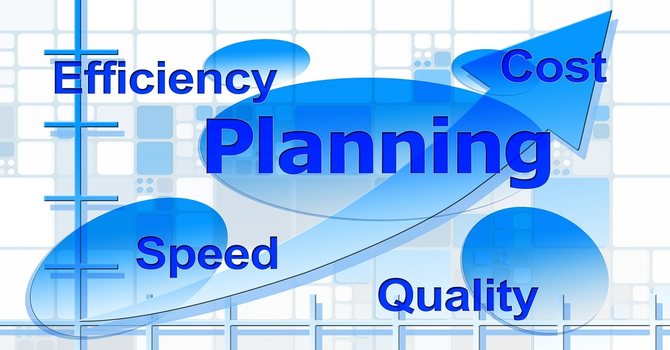Prototyping a mobile app before starting to code will make your clients happier, reduce your developer stress levels and improve your bottom line. It’s great fun to see your ideas coming together and working in the real world. Here are 6 ways prototyping will make your life easier.

The first step in acquiring a new customer is winning the tendering process. Usually handled by the sales or marketing teams, these tendering processes can involve significant design and presentation time which doesn’t always turn into real business.
Having a working prototype running on a phone in the initial tendering meeting will make your company appear far more professional and in tune with your customer’s needs, thus increasing the chance of winning the bid. In addition, this comes at a reduced cost - creating a prototype is a lot less time consuming and more fun than creating very detailed specification documents that go with a tender and are typically more effective at winning the business.
The most frustrating part of any development project is when the client realises that what they originally requested isn’t what they really wanted and that changes need to be made. No matter how much effort is put into capturing client requirements, even a 60 page design specification won’t ever accurately reflect an idea in a client’s head.
Prototyping the app at the requirements/design stage will allowing a client to see and interact with the prototype long before the expensive development phase begins. This will capture better and more detailed requirements than a pen and paper requirements capture process would.

Prototyping is the most fun stage of the development process. Different ideas can be tried out, changes made quickly and different directions explored. Knowing that what you are working on is an idea that can be iterated and changed easily is key to a successful creative process. Going straight to code limits the ability to change design decisions due to added cost and time.
The more involved the client is in the development process, the more likely they are to be happy with the result. Prototyping provides an additional stage the customer can be really involved in, improving the likelihood of a successful project.

Having a functioning prototype earlier on gives a much better idea of what level of work will be involved in the project as a whole and what the costs are likely to be. It lets you plan out your project better and allocate the right amount of time to each section of the team.
Lets face it, most developers first reaction is to dive straight into coding. Its a natural reaction to start with what you’re comfortable with - but it’s almost never the right thing to do. Coding is a valuable skill, but one that is also extremely expensive for the company.
Projects that capture requirements effectively are far more likely to have a successful outcome both in terms of client satisfaction and on time/on budget delivery. Prototyping is the fastest and most accurate way to reduce expensive rework later on in the process.